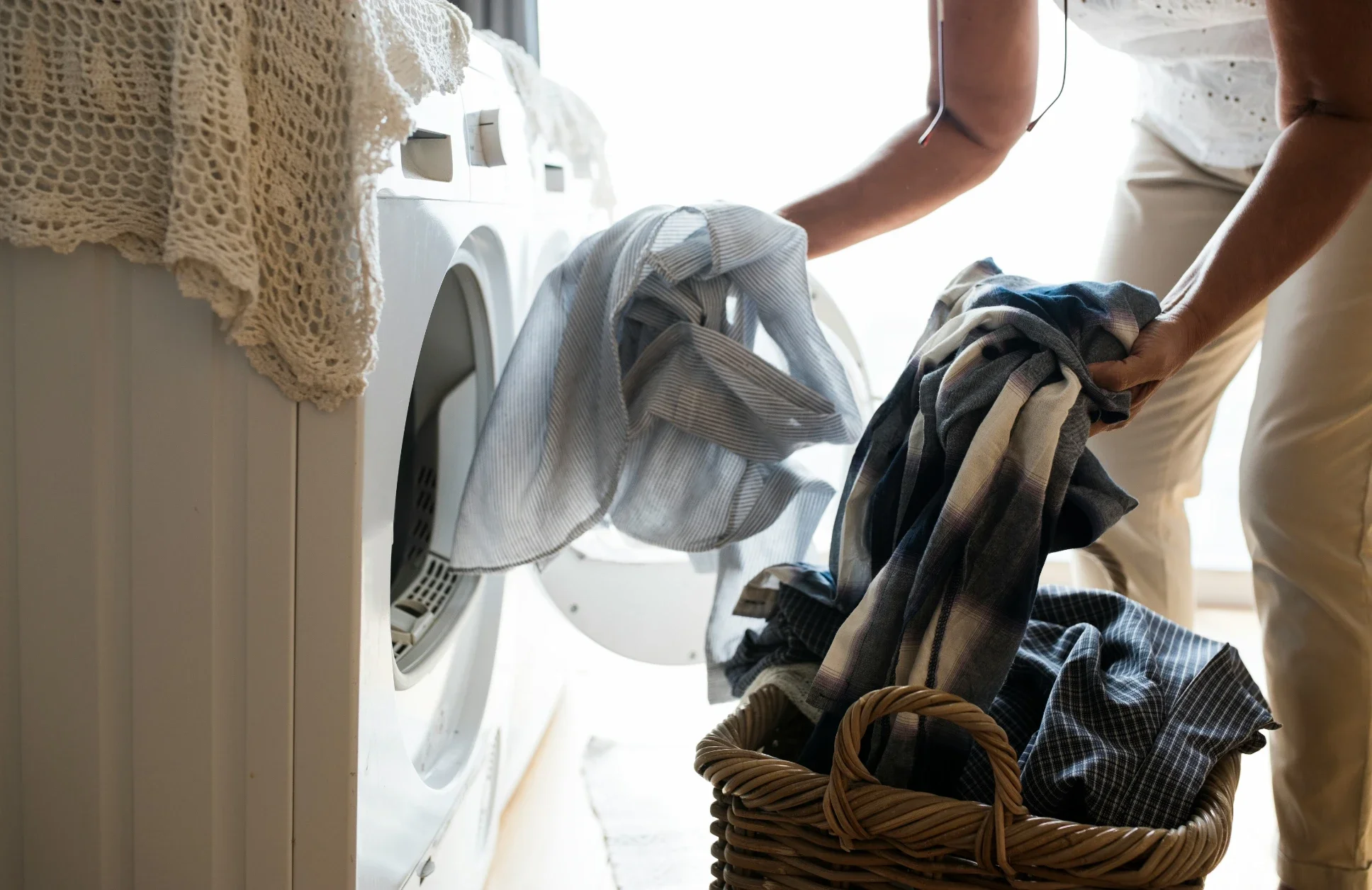How to Remove a Broken Light Bulb Safely and Easily
Struggling with a broken light bulb? Discover practical tips and step-by-step instructions on how to remove a broken light bulb safely and effectively. Say goodbye to dangerous shards and hello to a brighter space!
We’ve all been there: one minute you’re changing a light bulb, and the next you’re staring at a jagged, broken mess stuck in the socket. It’s frustrating, potentially dangerous, and can make you wish you’d never bothered. Fear not! With the right tools and techniques, you can safely and easily remove that pesky broken light bulb without turning it into a high-stakes operation. In this guide, we’ll walk you through the steps on how to remove a broken light bulb and get your light fixture back in working order.
Safety First: Preparing to Remove a Broken Light Bulb
Turn Off the Power
Before you do anything, safety is your top priority. Always start by turning off the power to the light fixture. Head to your breaker box and switch off the circuit that controls the light. If you’re unsure which circuit it is, turn off the main power to be safe. Never attempt to remove a broken light bulb with the power still on—serious injuries could occur. Ensuring the power is off eliminates the risk of electrical shock, making the task of removing the broken bulb much safer for you. Safety precautions are crucial to prevent accidents and ensure a smooth and secure process.
Gather Your Tools
Here’s a list of items you might need:
Gloves: Protect your hands from sharp glass.
Safety goggles: Keep your eyes safe from shards.
Needle-nose pliers: Handy for gripping and twisting.
Potato or bar of soap: Yes, really! These can help extract the bulb base.
Duct tape: An alternative for gripping the broken bulb.
Vacuum cleaner: For cleaning up any small glass pieces.
Step-by-Step Guide on How to Remove a Broken Light Bulb
1. Assess the Situation
Take a close look at the broken bulb. Is the glass completely shattered, or is part of it still intact? This assessment will help you decide the best removal method. If part of the glass is still intact, you might be able to use your fingers or a pair of gloves to gently twist the remaining glass out. If the bulb is completely shattered, you may need to use a pair of pliers or another tool to safely grip and remove the metal base. Understanding the condition of the bulb will ensure you choose the safest and most effective approach for removal.
2. Use a Potato or Bar of Soap
It might sound like an old wives’ tale, but a potato or bar of soap can be incredibly effective.
Potato Method: Cut a raw potato in half and firmly press the cut side against the broken bulb’s base. Twist counterclockwise to unscrew the bulb. The potato grips the jagged edges, making it easy to turn.
Soap Method: Press a bar of soap into the broken bulb’s base and twist. The soap will grip the metal edges, allowing you to unscrew it.
3. Needle-Nose Pliers Method
If the potato or soap trick doesn’t work, needle-nose pliers are your next best friend.
Grip and Twist: Carefully insert the pliers into the broken bulb base. Grip firmly and twist counterclockwise. Be gentle to avoid breaking the socket.
4. Duct Tape Method
Duct tape can also provide a good grip.
Create a Handle: Fold a piece of duct tape into a strip with the sticky side out. Press it against the broken bulb base, then use the tape as a handle to twist and remove the bulb.
5. Clean Up Carefully
Once the bulb is out, use a vacuum cleaner to pick up any small glass pieces. This ensures that even the tiniest shards are removed from the area. After vacuuming, wipe the area with a damp cloth to catch any remaining glass particles and dust. This thorough cleaning step is crucial for ensuring the safety of anyone who might come into contact with the area, preventing any injuries from hidden glass fragments. Properly disposing of the broken bulb and cleaning up afterward will leave the space safe and ready for a new light bulb installation.
Preventing Future Breakages
Use LED Bulbs
LED bulbs are more durable and less likely to break than traditional incandescent bulbs. They offer a longer lifespan, often lasting several years before needing replacement. Additionally, LED bulbs are more energy-efficient, consuming less power and thereby reducing electricity bills. Their durability and efficiency make them a cost-effective and eco-friendly choice for lighting your home. By switching to LED bulbs, you not only enhance the safety and longevity of your light fixtures but also contribute to energy conservation and lower your carbon footprint.
Install Bulbs Carefully
When installing new bulbs, avoid overtightening them. Hand-tighten gently to ensure a secure fit without putting undue stress on the bulb base. Over-tightening can damage the bulb and the fixture, leading to potential issues or even breakage. A snug but gentle twist is sufficient to keep the bulb in place and functioning properly. This careful approach not only extends the life of the bulb and fixture but also makes future bulb changes easier and safer. Proper installation is key to maintaining the longevity and reliability of your lighting setup.
Use Bulb Lubricants
Consider applying a small amount of bulb lubricant to the threads of the new bulb before installation. This simple step can make future removal much easier, preventing the bulb from getting stuck or breaking. Bulb lubricant reduces friction and helps maintain the integrity of both the bulb and the fixture. It's particularly useful in fixtures that are prone to heat and corrosion, ensuring that your bulbs can be changed with minimal hassle. Always use a lubricant specifically designed for light bulbs to avoid any potential issues with electrical conductivity or safety.
Conclusion
Dealing with a broken light bulb doesn’t have to be a nightmare. By following these simple steps on how to remove a broken light bulb, you can safely and effectively get rid of the broken bulb and get your light fixture back in working order. Remember, safety first: always turn off the power and wear protective gear. Whether you opt for the potato trick, pliers, or duct tape, you’ve got plenty of options to tackle the task. With a little patience and the right approach, you’ll have that broken bulb out in no time and your room shining brightly again.
Frequently Asked Questions
Can I remove a broken light bulb without turning off the power?
No, always turn off the power before attempting to remove a broken light bulb. Working with live electricity is extremely dangerous.
What if the base of the bulb is stuck?
If the bulb base is stuck, try using needle-nose pliers to grip and twist it out gently. If it’s really stubborn, you might need to call an electrician.
Is it safe to use a vacuum cleaner to clean up broken glass?
Yes, but use a vacuum with a hose attachment to avoid spreading glass shards. Follow up with a damp cloth to pick up any remaining pieces.
Can I use a broken bulb extractor tool?
Yes, broken bulb extractor tools are specifically designed for this purpose and can be very effective. They usually have rubber tips that grip the broken bulb base.






























